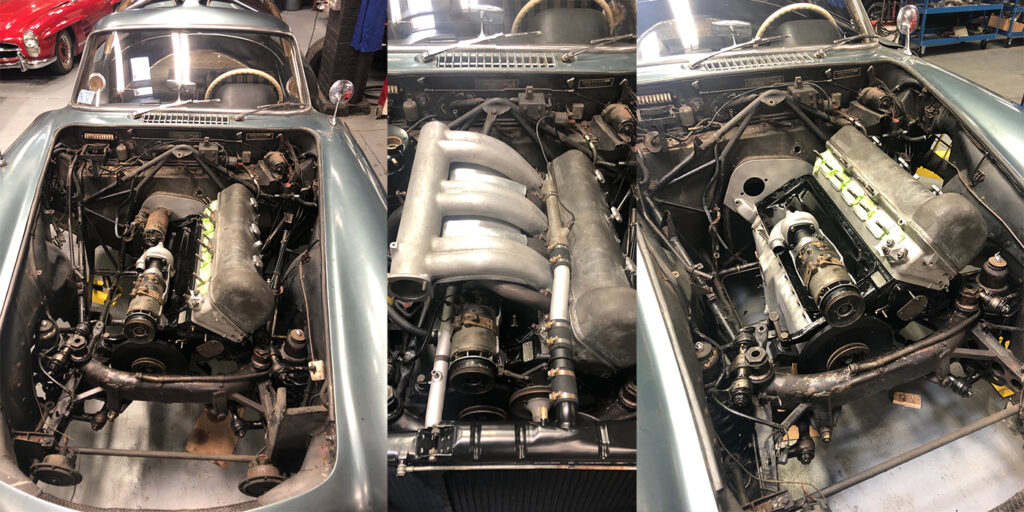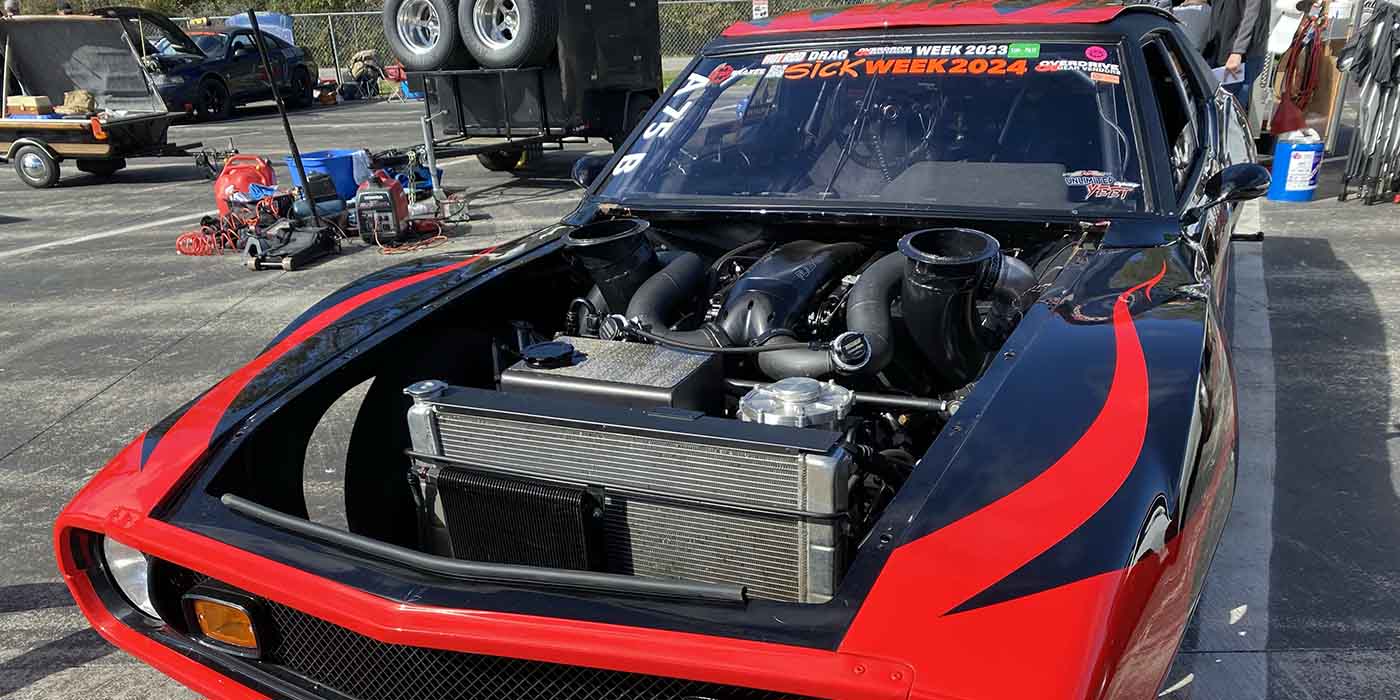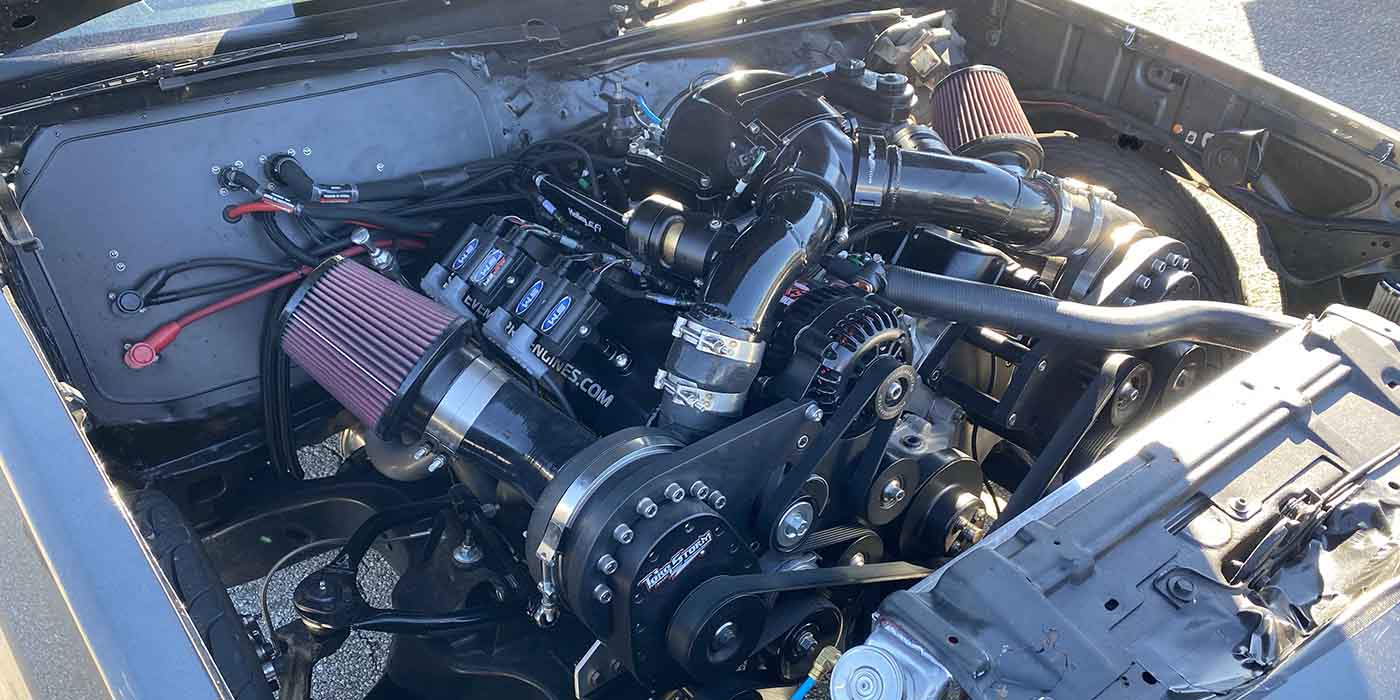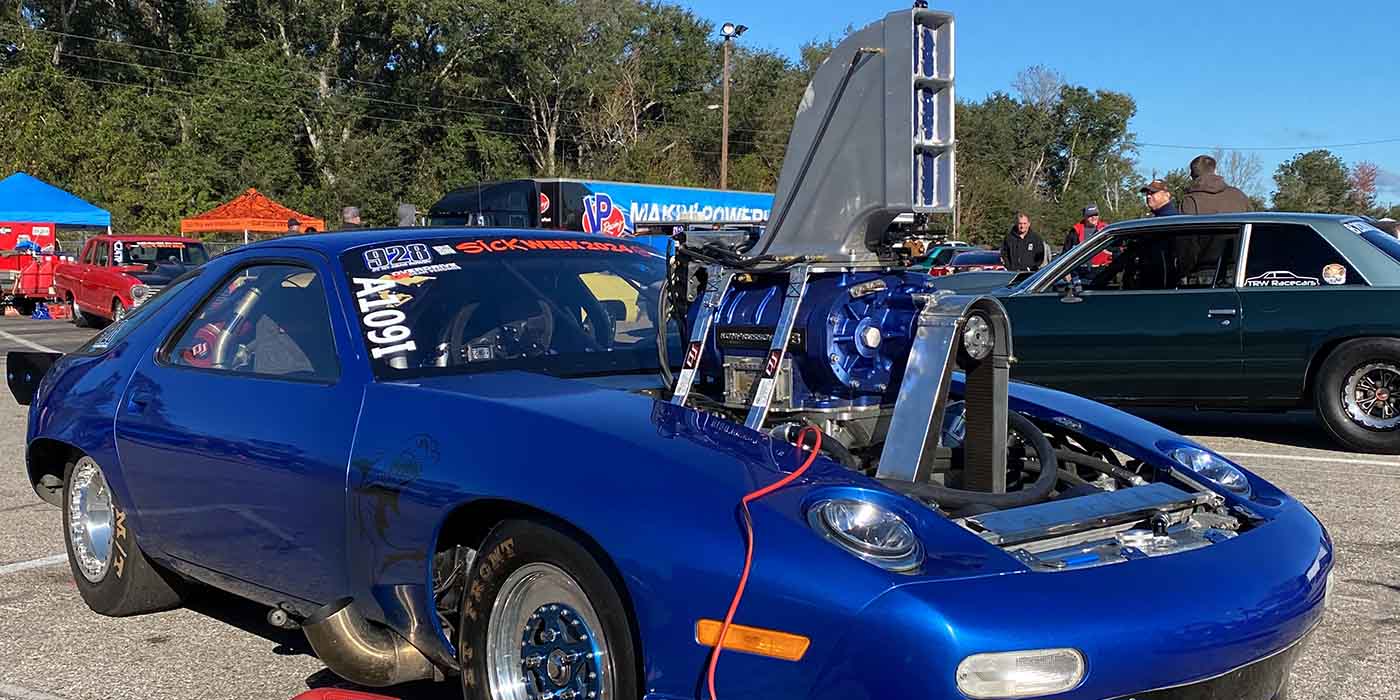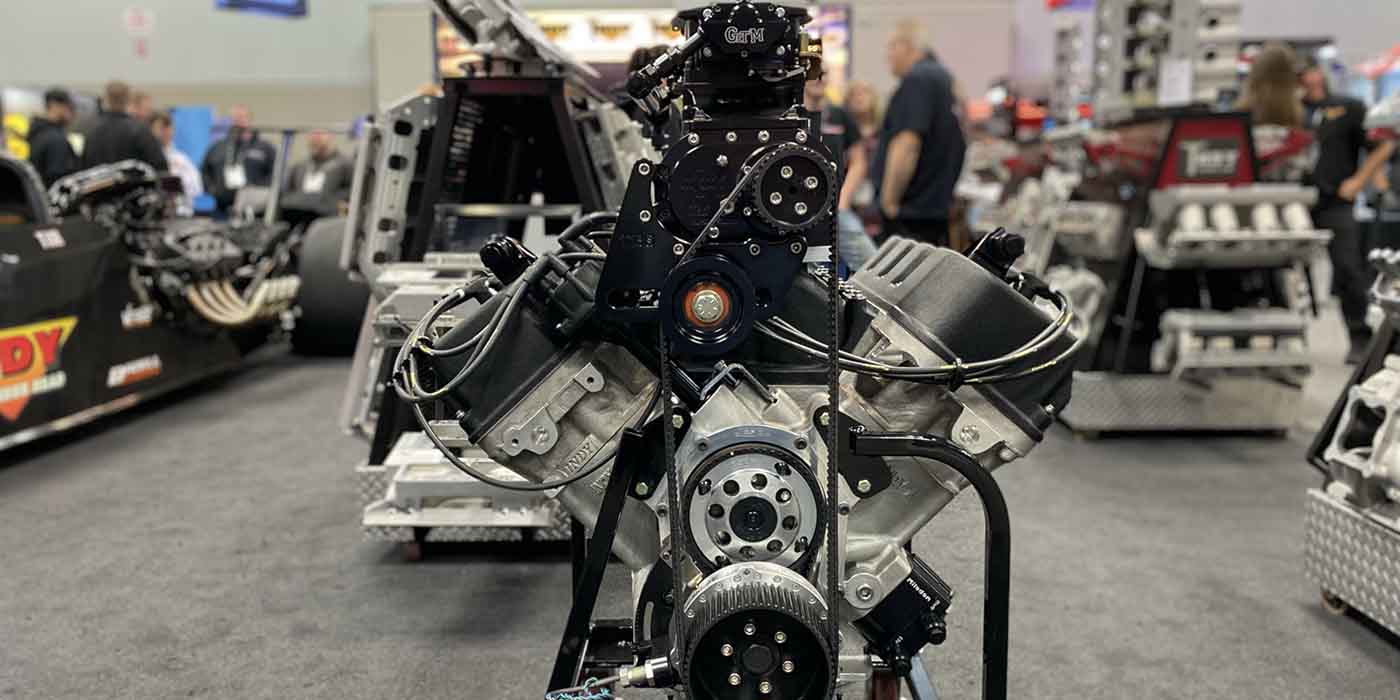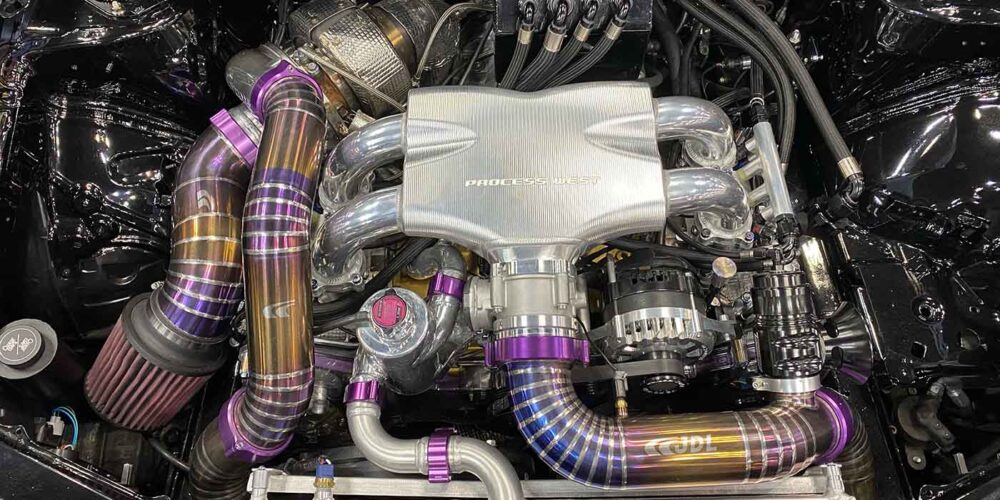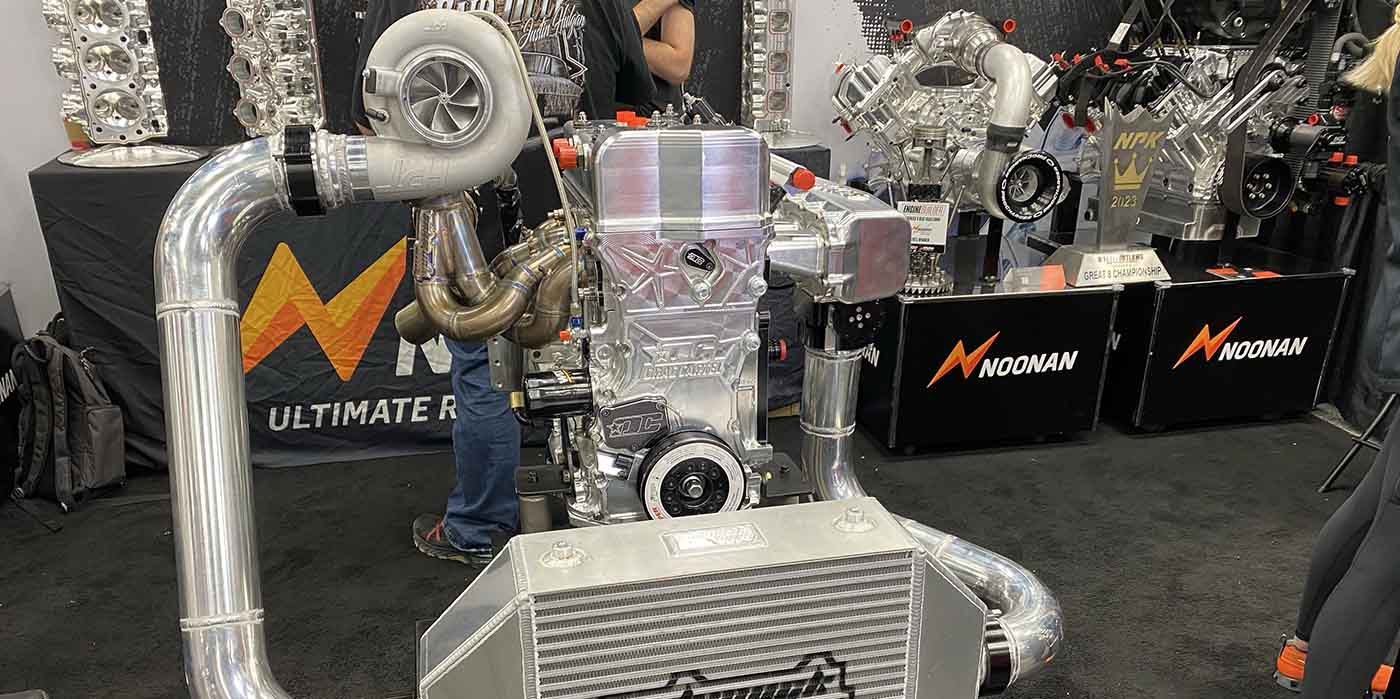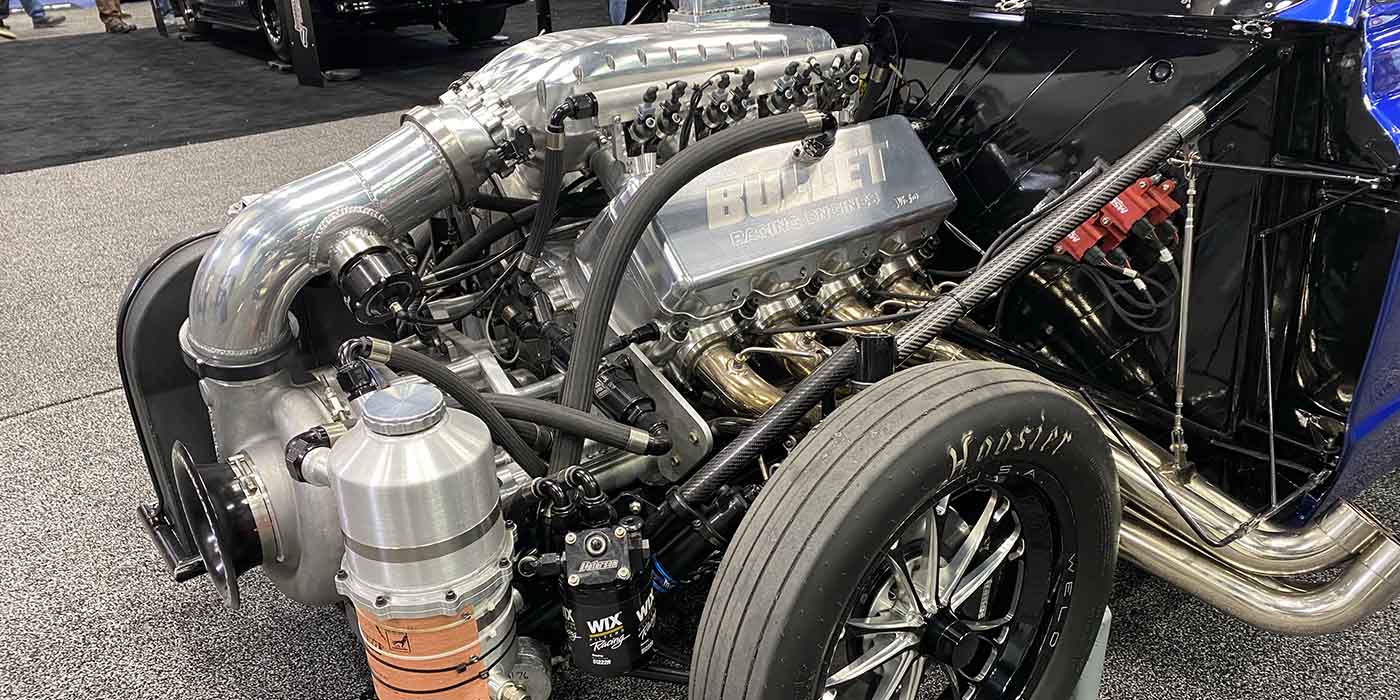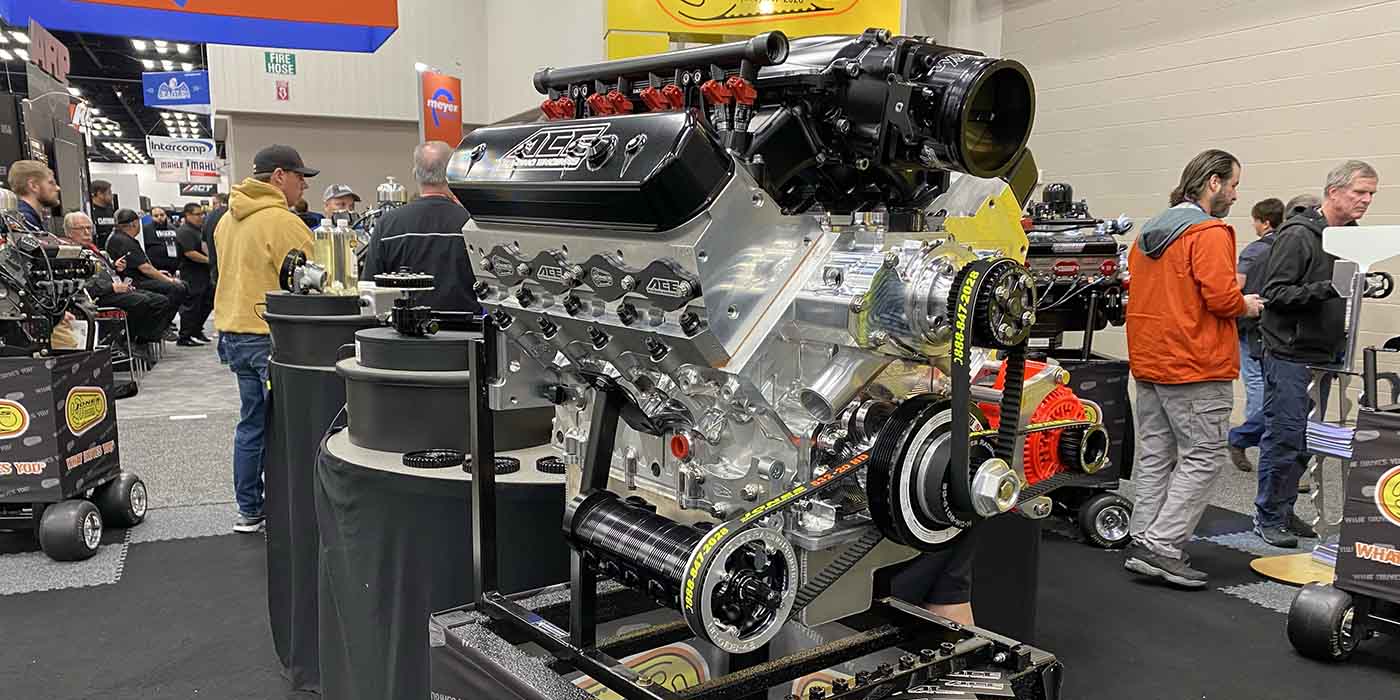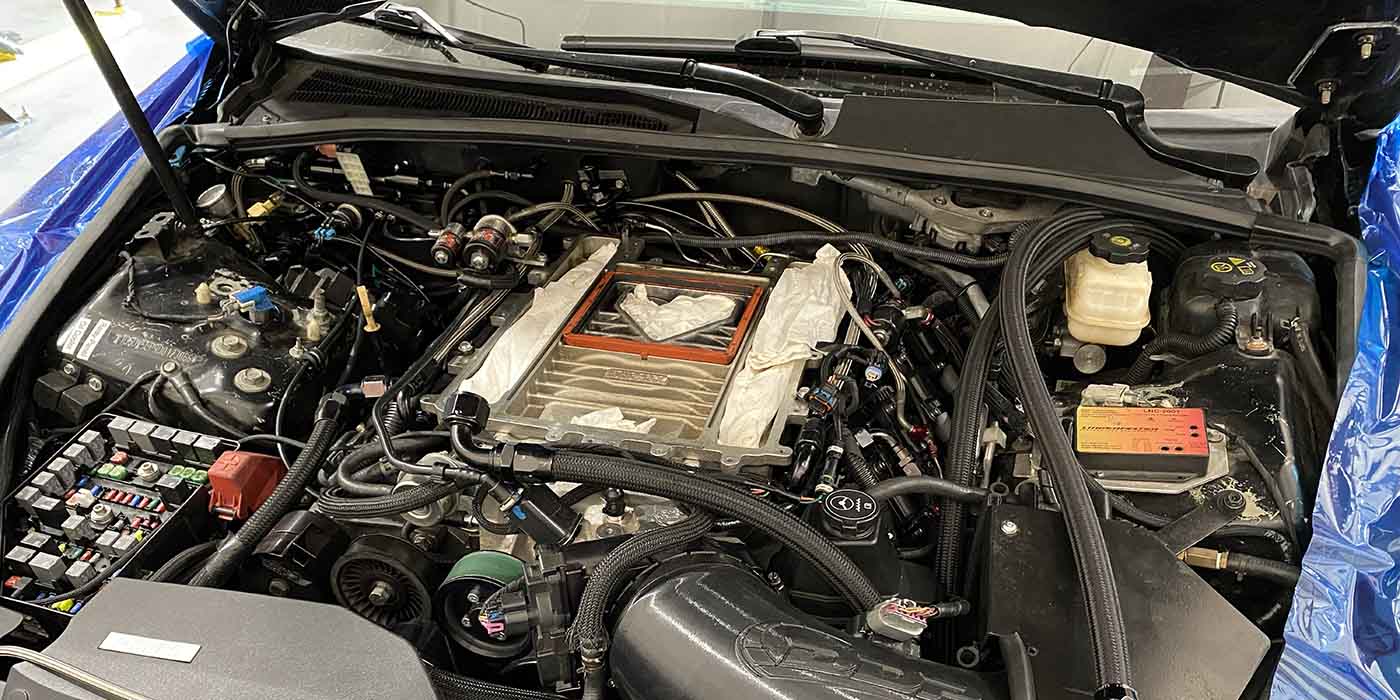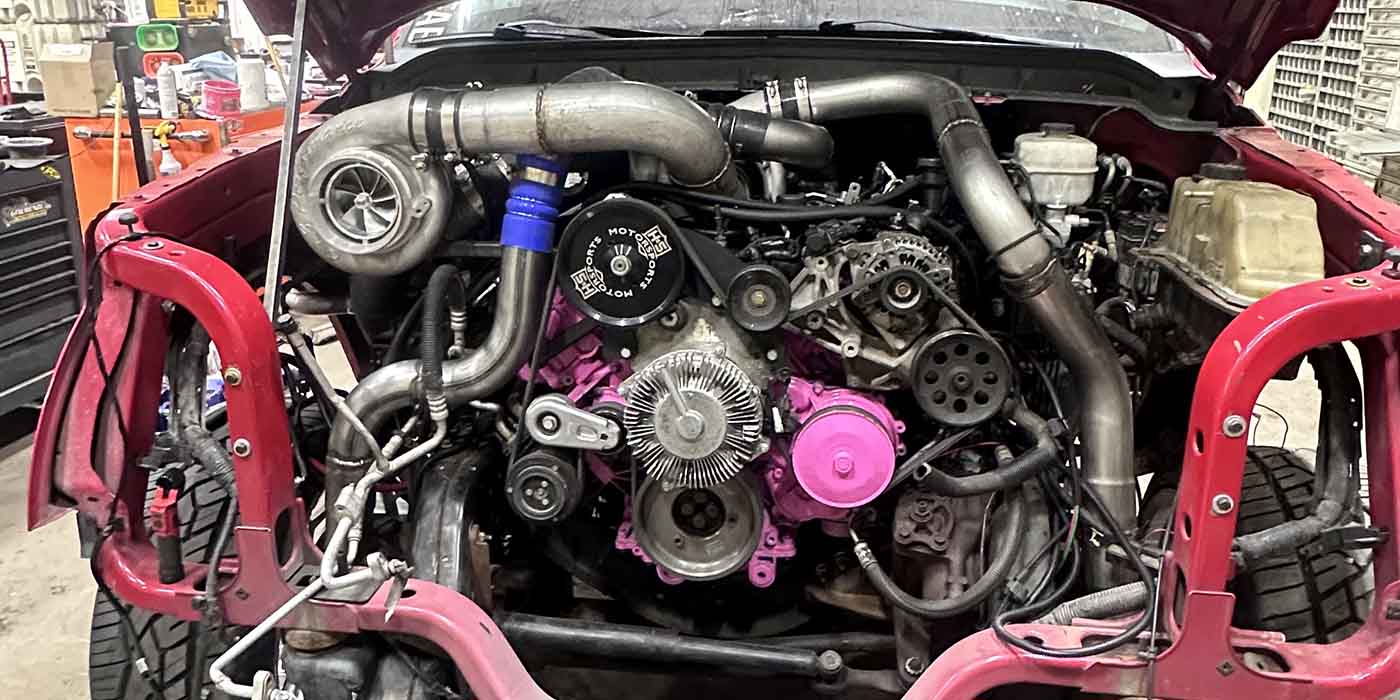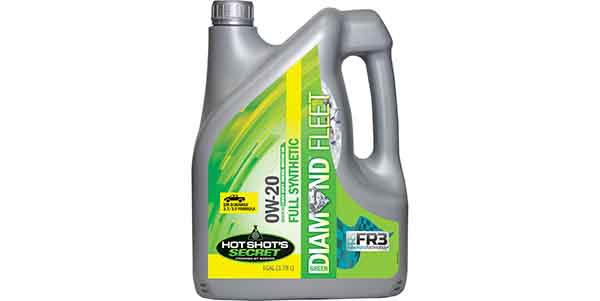Engine of the Week is presented by



If you’re privy to the vintage automotive world and that of a car collector, or someone who really loves a specific vehicle, you’ll understand there are certain cars truly worth the effort of a hunt or a search to find an original example. Maybe the car was produced on a more limited run, maybe it won important races, maybe it featured revolutionary designs or driving characteristics – whatever the case may be – not every car becomes a collectible classic. For that matter, not every collectible classic is equal either.
One such car that does fall into the collectible classic category is the Mercedes-Benz 300 SL Gullwing. These cars are the top dog for ‘50s and ‘60s Mercedes, and when kept in original condition, can be worth millions of dollars. Having been named the sports car of the century, it’s a vehicle that warrants a focus on preservation over restoration.
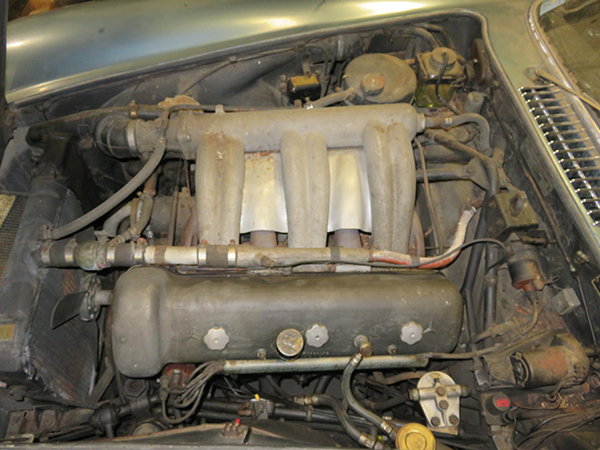
Due to the skills, knowledge and connections it takes to, not only find these vehicles in original condition, but to preserve that “as built” condition and return the vehicle to a mechanically sound state, there’s only a handful of people who can do it. That kind of work is exactly what Randy Elber does at his shop, R&R Automotive Restorations, in Mt. Kisco, NY. The shop specializes in preservation and restoration work of European marques from the ‘50s-‘70s.
“We do mostly German and Italian vintage,” Elber says. “We’re really known for the vintage Mercedes 300 SLs. We focus on preservation. We find and have customers who appreciate really unrestored, mostly original, barn finds or garage finds.”
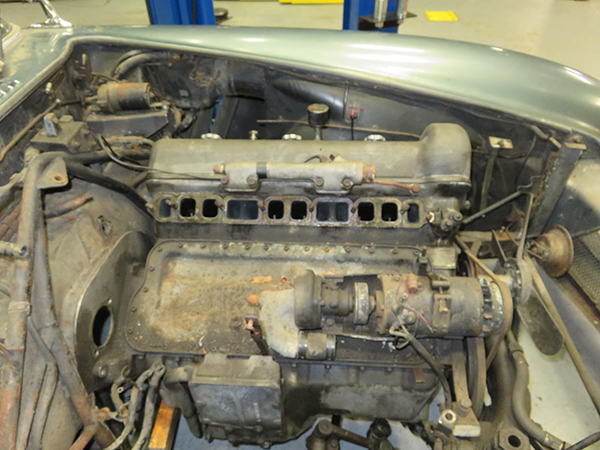
As can be expected, Randy has always had an eye for classic cars. When he was just 13, he bought a ’68 Pontiac LeMans with all the money he had. That car got him started down his current career path.
“I had a really good friend of mine whose father was an old-school hot rod guy,” Elber says. “He was willing to bring us up and teach us, so that’s what prompted my car search and the eventual purchase of the LeMans. It took about four years to get it all done, but I had it back and driving my junior year of high school. I spent all my free time working on it and learning.”
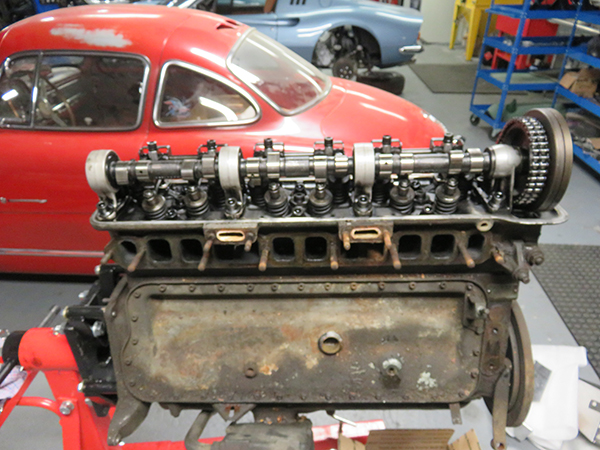
Restoring that car got Randy interested in not just having a career working on cars, but specifically vintage vehicles. That’s when he heard about McPherson College in Kansas.
“At the time, I wanted to stick with cars as a career, but specifically vintage stuff, which I didn’t think was an option, until I got wind of a program out in Kansas at McPherson College,” he says. “They’re the only school in the country that teaches auto restoration as a conventional four-year degree. I committed going there without ever stepping foot in the state. I decided that was the right move just on conversations with everybody there. It’s 100 percent geared at vintage cars, so it certainly seemed like a good fit.”
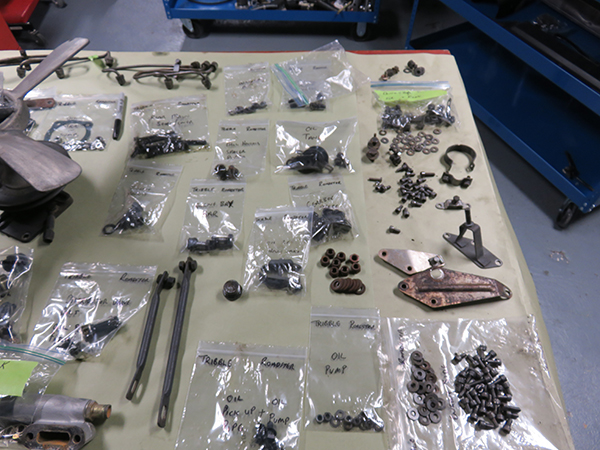
During his time at McPherson College, Randy interned for two summers and turned that experience into a full-time job for 10 years with a shop in Massachusetts called Paul Russell & Company. That shop specialized in pre- and post-war European sports cars – ‘50s-‘60s Ferraris, 300 SLs, early Porsches, Bugattis, Alfa Romeos, etc.
“That’s where I got my professional start was working for them,” he says. “I just always stuck with that era and genre of cars because the knowledge and the experience is just so valuable and they’re very unique and somewhat complicated for that era to work on. Once you gain the skillset, you want to obviously keep using it.”
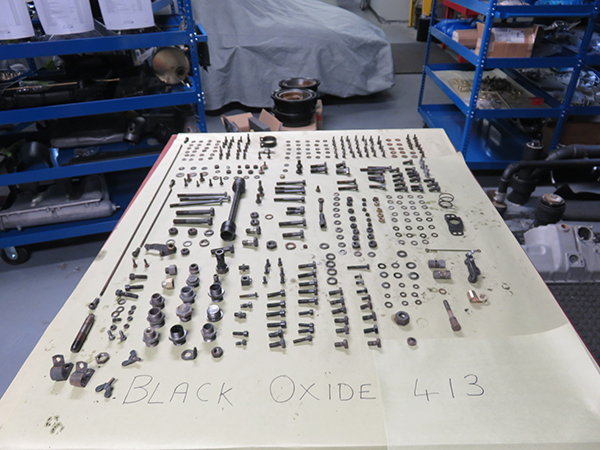
Randy eventually left Massachusetts for White Plains, NY and bounced around a couple of shops in the area. It was around this time that he developed the idea to start his own place.
“It took a little while to put things together,” he says. “I ended up meeting my business partner, Bob Torre, over an inspection for a ‘58 Mercedes 300 SL, which I advised him to not buy. Our relationship grew from there and he had a shop space that was about 20 or so minutes from where I lived. I had pursued everything up to that point as far as the financial projections, the business plan, all the nuts and bolts of putting it together. It was just down to space and startup money, so that’s where we partnered. We opened R&R Automotive Restorations in May 2018.”
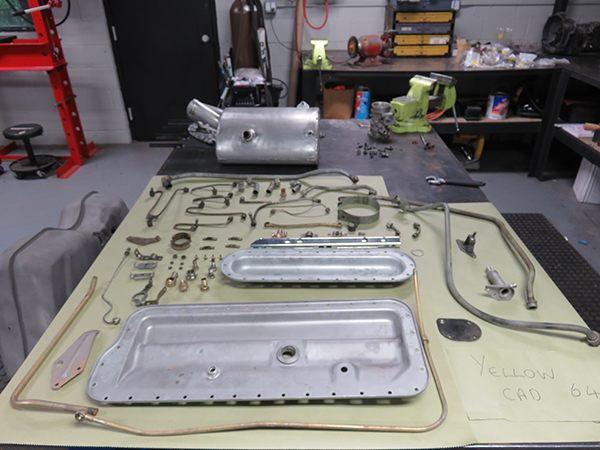
The shop’s client base came from phone calls with people Randy had known in the industry, folks he knew from car shows, inspections and car evaluations, and other connections he had made throughout the years of being in this niche world. Randy started the shop solo, but today R&R has three employees and is going on its third year in business.
“Our specialty, and more so my own background, was Mercedes 300 SLs,” Elber says. “However, we’ve got a good mix of a lot of late ‘50s, early ‘60s Ferraris, Porsches and we’re in that niche world of vintage cars, and business has been growing, thankfully.”
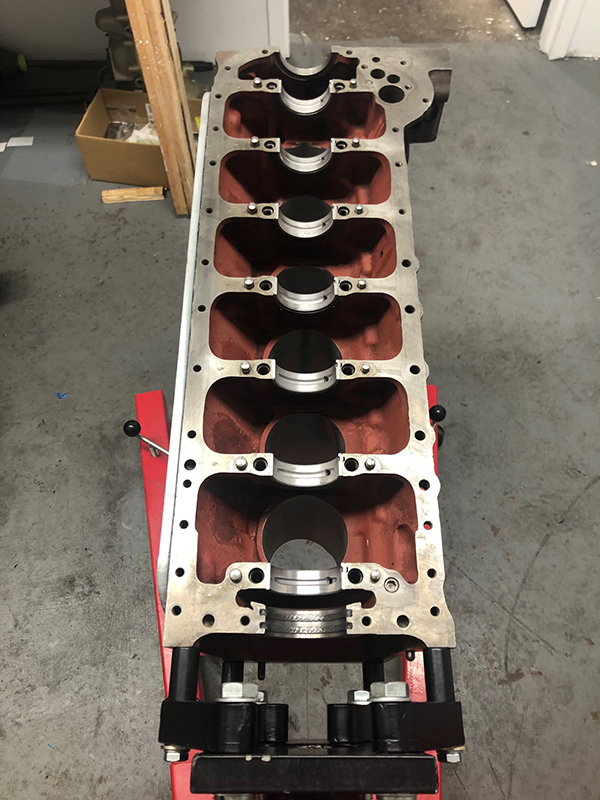
As mentioned earlier, the world of vintage cars is different – especially when you’re chasing down ultra-rare, collectible vehicles. Not only is the search for the car different, but the work on the car and engine itself is different too.
“We obviously build the motors for some of these cars, because they’ve been sitting for 35-40 years, but we hesitate to replace every single component,” he says. “We very much try to salvage as many of the original components as we can. We go to great lengths just to keep them as authentic and accurate as possible. As we’ve grown, that’s more of the calls we’re getting is for really original restoration work. Customers want it to look like we were never there.”
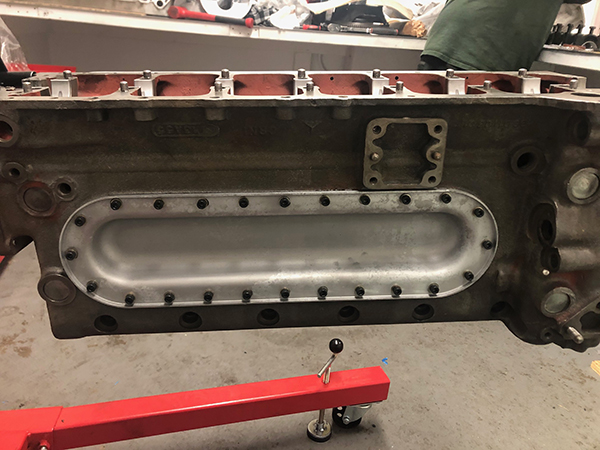
R&R Automotive Restorations typically ends up doing a significant amount of engine work, and therefore, has the capability to do all mechanical work and assembly in-house. The shop also does work for other shops that don’t have those capabilities. Any machine work needed is currently done with the help of a few different local machine shops, however.
“We disassemble everything here, measure it, inspect it, fabricate or source parts like pistons, valves, guides – anything of that nature – then, we work hand-in-hand with the machine shop as far as all the necessary machine work – boring, balancing, crank and rod grinding, etc.” Elber says. “From there, all the reassembly happens here. We have two buildings. Our main building is 4,500 sq.-ft. and we’ve taken over another 2,000 sq.-ft., so we’re a little over 6,500 sq.-ft.”
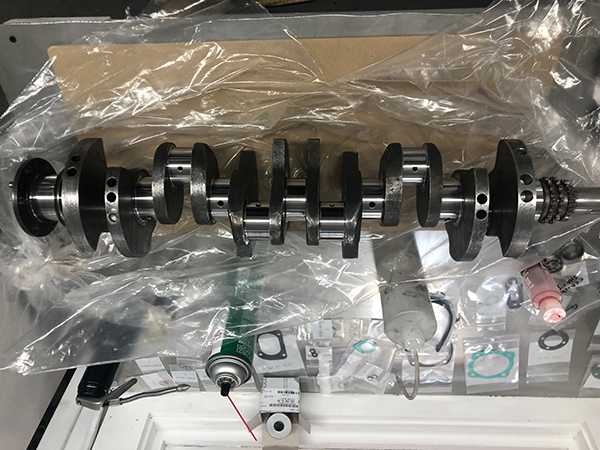
Randy’s vintage expertise is highly sought after, especially when it comes to the Mercedes 300 SLs. As such, R&R recently finished up work on a rare and iconic 1955 300 SL Gullwing that was more than three years in the making.
“Acquiring a 300 SL Gullwing was a bucket list item for a good client of ours,” Elber says. “He’s got a handful of other cars, and this was top tier on the list. He was specifically looking for something that was original. He had zero interest in a restored car, which is obviously very difficult. Sometimes, it’s the equivalent of finding a needle in a haystack and the needle doesn’t exist.
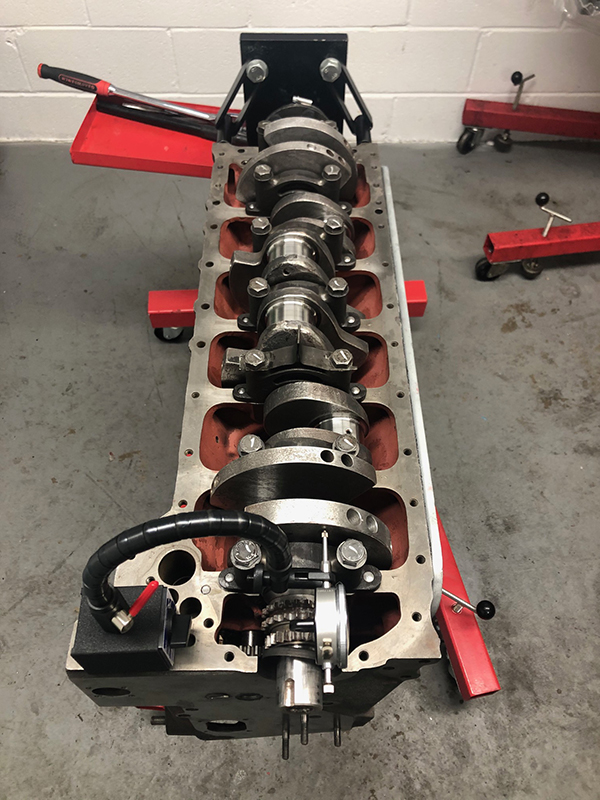
“We passed on somewhere around 20-25 cars. I had feelers out everywhere with everybody attempting to find something. We were going to make concessions for a car that had been repainted or just needed an interior or something that just hadn’t been through a full restoration. Out of the blue, there was a car hunter/broker in the New York area who I’ve been in contact with for the last year and a half, and he had gotten a phone call about an SL Gullwing that sounded like it fit the bill. He had seen it briefly, put something together and then had transported it back to Connecticut. I met the car there off the trailer.
“It turned out it was a two owner from new, 19,000 original mile, completely unlusted 300 SL, and it had been repainted once in the late-‘50s when it was two or three years old. It had been sitting for somewhere around 30-35 years. It was disgusting. It was a moldy interior. There was a giant mouse house inside the car and in the trunk area. However, within 10 minutes into the inspection, you’re looking at the original spare tire still mounted on the rear. It had its complete documentation from the factory with all the specific stampings for front suspension components and engine, transmission and differential. All these things are stamped individually to each car, and all of that was correct and matched. It was sort of unbelievable in the respect that you think they’re all found at this point and it wasn’t.
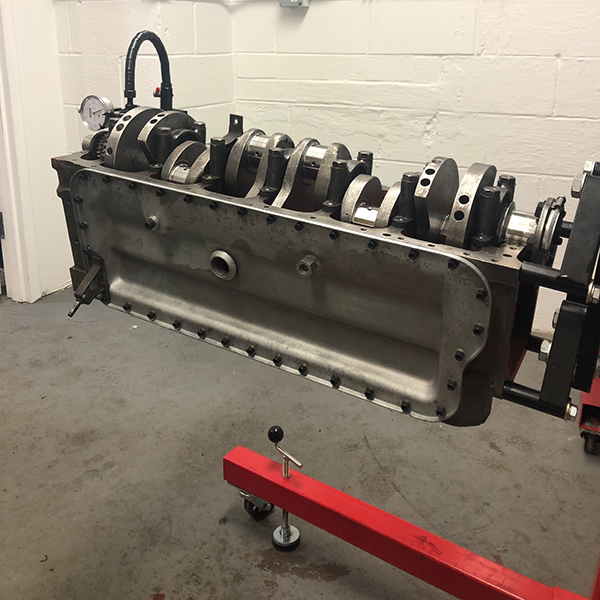
“We were able to acquire it under the premise that the car was completely original. It had the original interior, original floormates, it was deteriorated and stained and things like that, but every single component of the car was in original condition.”
From Randy’s first conversations about what his customer wanted, to ultimately finding this 300 SL Gullwing, was almost two years.
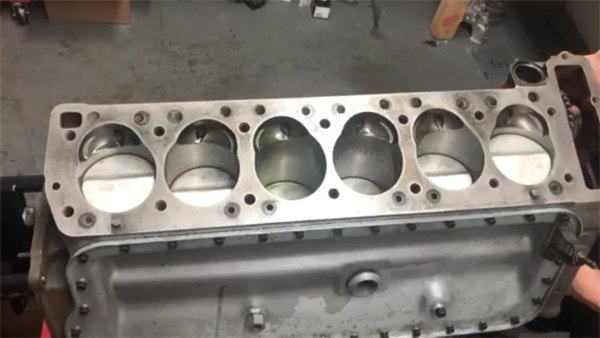
“It was 20 months of looking and looking actively, which frankly, for what he wanted to find and what he ended up with seems like a short amount of time,” he admits. “I’ve heard of much longer journeys looking for the right one.”
Once the Mercedes 300 SL Gullwing was back at R&R, the physical preservation work began, which is often times 50 percent more work than a regular restoration because of how delicately you’re trying to salvage everything. The engine in the 1955 300 SL is a 3.0L straight six-cylinder.
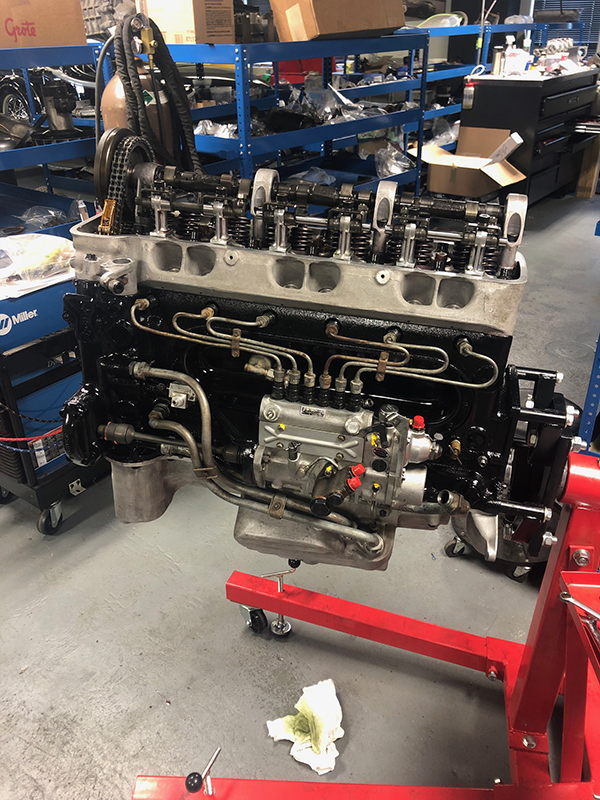
“The 300 SLs are direct mechanical fuel injection, so they run basically a converted diesel pump on the side of the engine and everything is so precise and delicate that after this kind of storage, there’s really no other course of action other than to just go through literally everything,” Elber says. “Basically, everything rubber was either petrified or had fallen off during storage. The engine has a cast iron block, a seven main bearing crank, aluminum head, and front timing chain – it’s a very durable motor. The unique parts are obviously the fuel injection, but then also the aluminum head. Those components from this age pose our biggest problem if they’re not really well taken care of or they sit for long periods of time and people haven’t changed coolant in 25 years or run the car intermittently. You see a lot of issues, mostly just from poor storage.
“Thankfully, it had failed coolant holes low in the motor, which actually drained the coolant out of the motor. That was probably the best thing that could have happened to it. It didn’t physically turn over, but that was just related to two piston rings that were stuck in the bore from just kind of normal surface corrosion. We just very gently tried to crank it by hand, but there was really no movement. It was an old, tired motor. Nobody had been through it before, so all the connecting rods, main bearings, pistons – all that stuff – was standard.
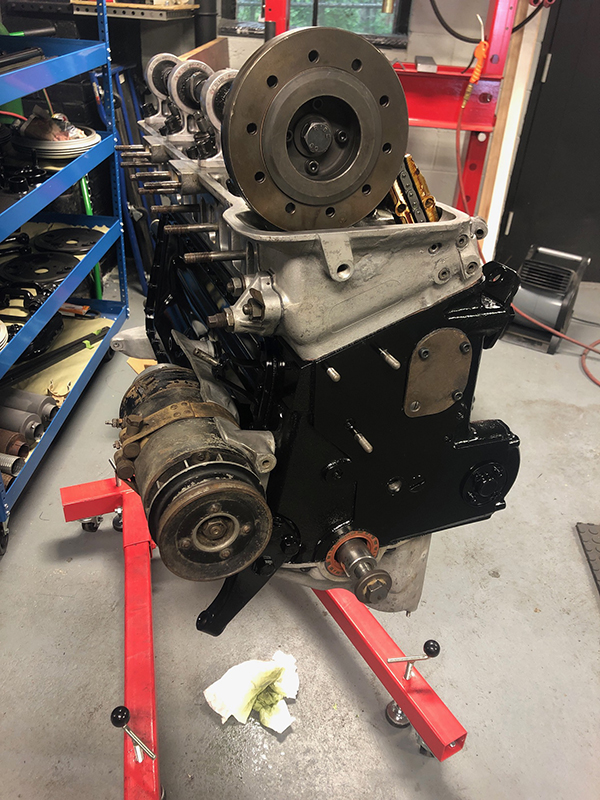
“We disassembled the motor, took it out, and were happy to see that all the coolant had drained out of it, which was great. The oil was probably older than myself, but there wasn’t really anything scary, just some staining and things like that. The block, the cylinder head, the crankshaft, the connecting rods, oil pan, engine side covers, injection pump – all that stuff we were able to save, keep and maintain. Those are all huge components to the motor and made it somewhat of a standard rebuild where we did wrist pin bushings, new pistons, bored the cylinders, polished the crank and the big ends of the rods, and put in new bearings.
“We did the same thing with the head – new valves, guides, valve seals, and valve springs. The ones that had been sitting closed had collapsed. We had to replace the timing chain, guides and all the gaskets. The water pump, front drives and the fan assembly needed new bearings and seals and sort of the normal stuff.”
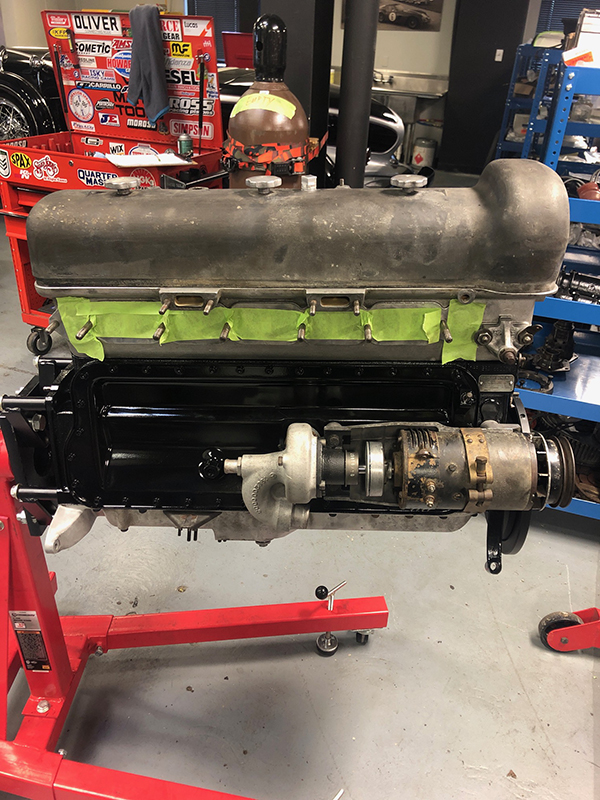
According to Randy, these cars have a great part support via Mercedes, so R&R was able to get original Mercedes car parts manufactured by the same suppliers they used in the ‘50s. All the internal engine parts were direct from Mercedes.
“Mechanically, we built the motor, went through the injection system, rebuilt the fuel tank, went through the transmission, the differential, all the suspension, the brake system – everything we did from a mechanical standpoint was obviously to make it work and function and be mechanically sound, but we also kept every original finish and the patina of everything,” he says. “In this particular job, the oxidized and dulled out look is what we wanted to keep. A lot of the plating components and the original parts of the car, we really couldn’t do anything cosmetically because we were trying to keep it in the look of what it was.
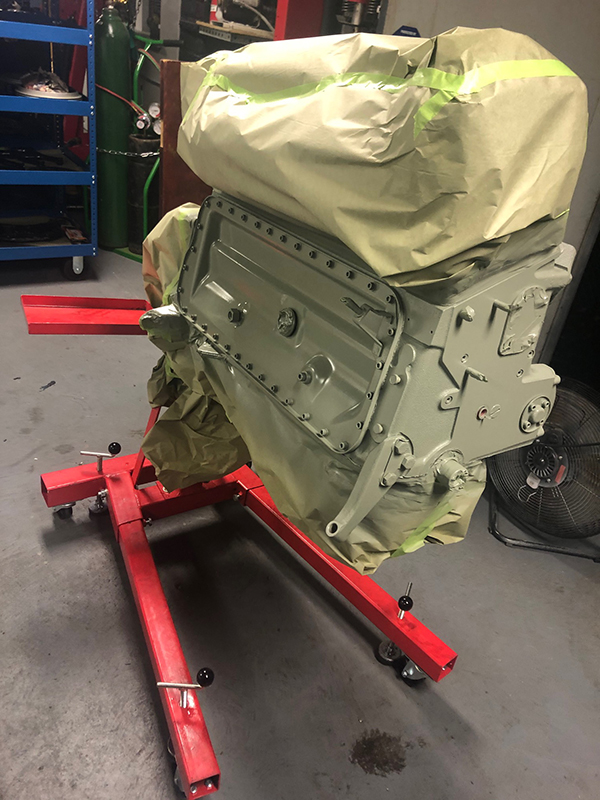
“For instance, the fuel lines are a really elaborate aluminum sleeve with fittings that are pressed in and made by a company that supplied all the fuel and oil lines for German aircraft during World War II. Most places doing rebuilds would just replace the fuel lines and move on, but we had special fittings, so we disassembled the fuel lines and had a special braided hose that matches the original specifications to reassemble the original fuel lines with the original fittings. That’s just one step to maintain the original style of the fuel lines.
“That’s a lot of the work we do physically in-house just trying to save all those original components. The coolant caps, for instance. The coolant caps are unique to ‘54, ‘55 and ‘56 and this vehicle had its original coolant caps. We actually have to drill a rivet out, disassemble the coolant cap, make a particular spring, re-source the correct rubber valve that goes in the coolant cap, make a custom rivet, re-rivet the cap back together, all just to maintain the original coolant cap. It was a lot of work of that nature to keep it as original as we could.”
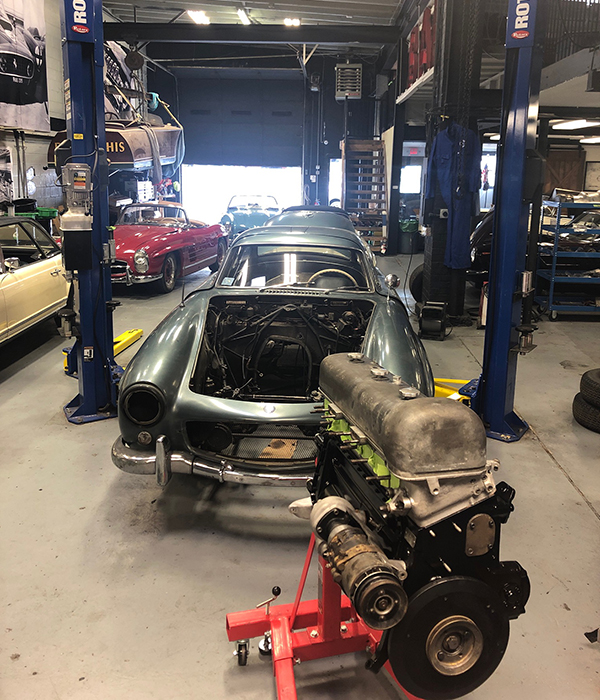
One thing R&R did change on the engine was upgrade to a sport cam from Mercedes, which adds another 15-20 horsepower.
“We regrind the cam, so it’s kind of the factory hot rod horsepower increase,” he says. “We did that and it does seem to perk them up a little bit. They’re quick cars for the era anyways. Originally, this engine had 215 horsepower and similar torque.”
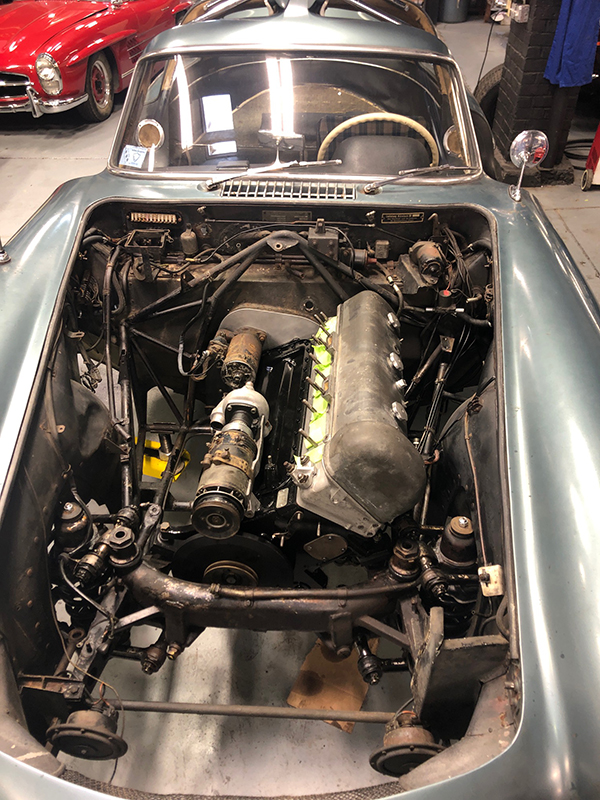
Lastly, the 300 SL is a dry sump system, so it runs a separate oil tank. According to Randy, the engine runs about 12 quarts of oil, which R&R exclusively uses PennGrade oil to fill back up.
“We pretty much exclusively use PennGrade,” Elber says. “This engine takes their 20w50 green oil, which I’ve had great luck with. I’ve had no issues with that. Cars like this get pressed into regular use, but then they’ll sit all winter, and even with that I’ve had no weird wear issues or anything. That oil has been really good for us.”

In a preservation job like the one on this 1955 300 SL Gullwing, it’s impossible to keep working non-stop due to downtime waiting for parts or waiting on the machine shop. However, even with such strict demands to return the car to an original state, R&R got the job done in just under a year.
“It took nearly a year,” Elber says. “It spent six weeks with our upholsterer repairing and re-adhering the original headliner back to the roof and re-stitching the original material back into the seats and things like that. This car got finished in the fall. We just found out a few weeks ago that it was accepted to the preservation class at Pebble Beach this coming August.”
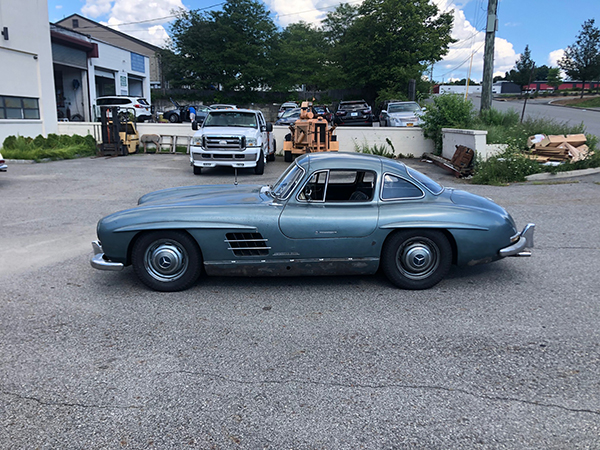
In fact, on top of the Pebble Beach Concours D’Elegance in August, the car is signed up for a rally through Colorado this year called the 300 SL Classic, which is 1,500 miles of driving over five days. To do that in a classic car like this one takes great work.
“Nothing can be marginal or sort of work,” he says. “That’s a huge task for anything that vintage. We broke the car in over the fall. We’re going to take it back out this spring, but we have about 350 miles on it now and we’re happy where it’s at. It’s a cool car and engine to see. Physically, it sort of looks like we didn’t do anything, which was kind of the idea.”
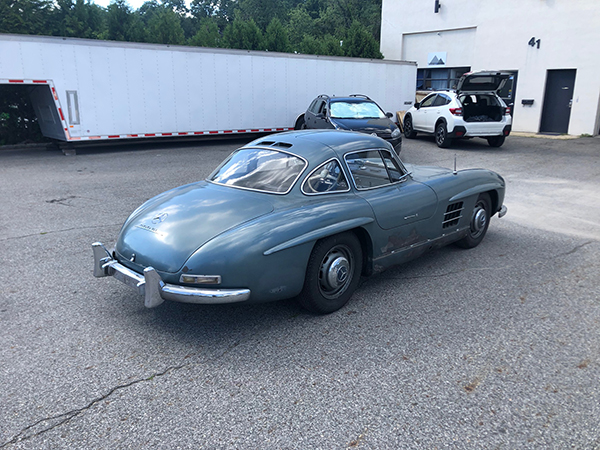
Engine of the Week is sponsored by PennGrade Motor Oil, Elring – Das Original and Scat Crankshafts. If you have an engine you’d like to highlight in this series, please email Engine Builder Editor, Greg Jones at [email protected].

